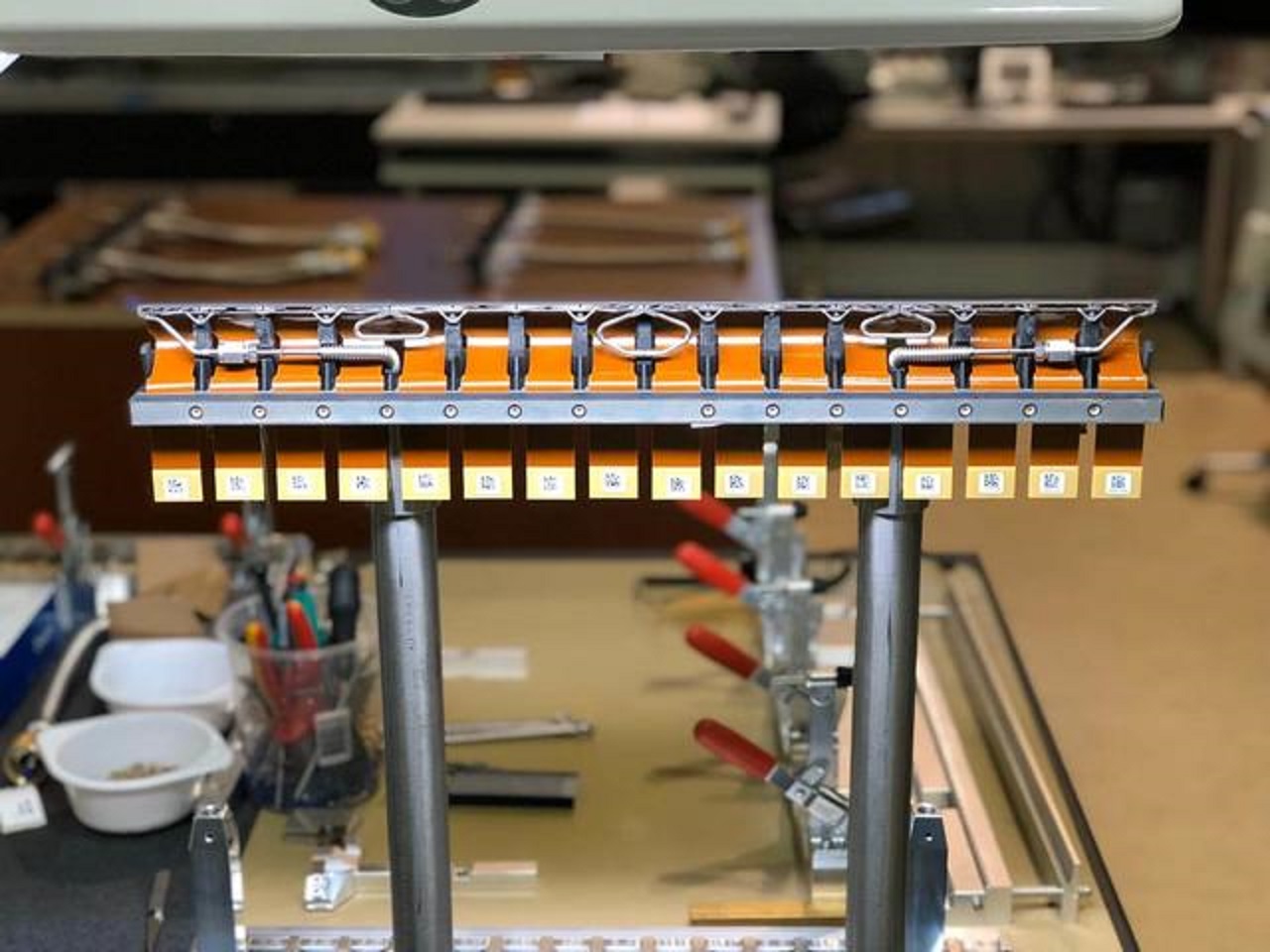
The Dutch National Institute for Subatomic Physics and 3D Systems have partnered to make 3D printed titanium cool-bars for CERN's Large Hadron Collider.
According to the company, the Collider allows for observable reactions to take place at four beam-crossing points, instrumented with large particle detectors, as part of its Large Hadron Collider beauty (LHCb) experiment which specializes in investigating the differences between matter and antimatter. A long and extremely narrow photon-detector strip must be cooled to -40°C in order to preserve the reaction for study. This strip runs roughly 140 m in length, is less than 2 mm wide, and is attached to 3D printed titanium cool-bars that perform 100% of the cooling operation.
3D Systems says that the bars, custom produced using 3D Systems’ direct metal printing (DMP) technology, had to be made to fit in a limited space with the ability to dissipate heat uniformly and required a flatness with have a precision of 50 microns in order to preserve the detector efficiency and resolution.
For maximum efficacy, it was important to have a wall thickness of 0.25mm between the coolant and the surface to be cooled. For the length of the part (263 mm), this thinness could not be machined, 3D Systems said.
This story uses material from 3D Systems, with editorial changes made by Materials Today. The views expressed in this article do not necessarily represent those of Elsevier.




